When Miss Vietnam Nguyen Huong Giang stepped onto the Miss Universe stage in a simple white áo dài, a bicycle at her side and a conical hat stamped with the national flag, it wasn’t merely a tribute to tradition. It was a dream fulfilled, one she never got to live during her earlier years.
Giang, the only transgender contestant in this year’s competition, used her national costume to reflect both personal history and shared memory. Instead of selecting a more elaborate or embellished ensemble, she chose something unmistakably Vietnamese: the áo dài, a cultural emblem worn by students, brides, and generations of women in Vietnam. The look was nostalgic, not glamorized, purposefully restrained while emotionally charged.
A Dream Once Delayed
Giang told DTiNews that wearing the áo dài represented a moment she missed in school, an experience uniquely tied to youth and identity. “The dream may come late, but it arrives in the most beautiful way,” she said, referencing the garment’s connection to Vietnamese school life and the image of young students biking to class under morning sun.
Her choice wasn’t just fashion. It was a reclamation. A symbolic moment of belonging, for herself and for trans youth who are still waiting for their turn to feel included.
Championing Visibility and Tradition
Giang has built a career at the intersection of entertainment and advocacy. Known first through Vietnam Idol, she later made history as the country’s first Miss International Queen. Today, she’s a singer, model, producer, and an outspoken supporter of LGBTQ+ rights.
When her participation in Miss Universe was confirmed, she posted on Instagram, calling her entry “a door to equality and hope.” She emphasized that Miss Universe, now more inclusive than ever, has shown “that no matter your circumstances, all women are women.”
A New Era for Pageantry
Miss Universe 2025, held in Thailand, has embraced changes that signal a broader shift in global beauty standards. The competition now allows contestants of all backgrounds: married women, mothers, and transgender women, breaking the previous age limit and traditional eligibility rules. The message: womanhood isn’t defined by status, age, or biology.
This new direction aligns perfectly with Giang’s presence on the stage. Her áo dài wasn’t just a garment. It was a quiet proclamation, of culture, identity, and a journey toward visibility.
More Than a Costume
While other contestants dazzled in show-stopping looks, Giang relied on something more enduring: memory. The áo dài, the bicycle, the conical hat, they created a scene instantly recognizable to millions of Vietnamese viewers. But beyond that, the moment spoke to anyone who has ever felt left out of a tradition that should have been theirs.
It wasn’t just a costume showcase. It was a homecoming.



